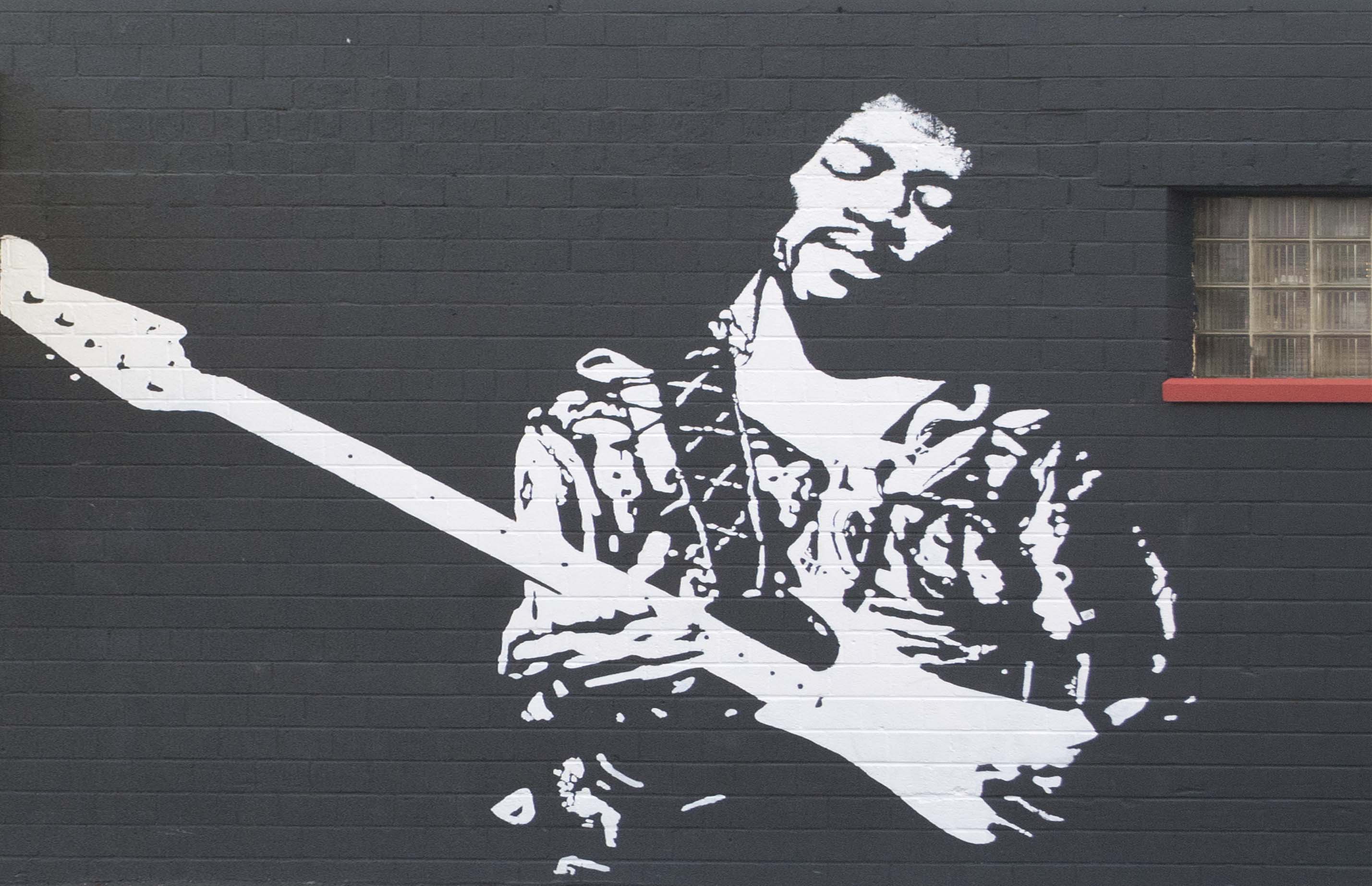 Madman or genius? The opinions are endless when talking about Banksy, Britain’s street artist and activist.
Madman or genius? The opinions are endless when talking about Banksy, Britain’s street artist and activist.
Whether you think his work is art or merely graffiti, Banksy displays his masterpieces publicly on walls, bridges and streets throughout the world.
In 2010, Banksy successfully made the list of the world’s 100 most influential people, according to Time magazine. His works combine dark humor with social commentary to showcase his distinct graffiti style on city streets.
In order to reduce time, Banksy started using stencils featuring controversial and humorous images and slogans. Many of his works have anti-establishment and anti-war foci.
“I realized I had to cut my painting time in half or give it up altogether,” Banksy said in an interview with author Tristan Manco. “As soon as I cut my first stencil, I could feel the power there. I also like the political edge. All graffiti is low-level dissent, but stencils have an extra history. They’ve been used to start revolutions and to stop wars.”
In an interview with the organization Pest Control, Banksy said there’s a new audience in the world, and art belongs to people now.
“You don’t have to go to college, drag ’round a portfolio, mail off transparencies to snooty galleries or sleep with someone powerful; all you need now is a few ideas and a broadband connection,” Banksy said. “This is the first time the essentially bourgeois world of art has belonged to the people. We need to make it count.”
According to The New Yorker, many people view graffiti as trashy. Denise James, director of Bristol Clean and Green, said many young kids are starting to view Banksy as their hero.
“It annoys me, it frustrates me, because it’s just so ugly. All these little lads look at Banksy the way the youngsters who are into football (soccer) look at Beckham,” James said.
Many graffiti artists, according to Banksy, view their artwork as cave paintings.
“Imagine a city where graffiti wasn’t illegal, a city where everybody could draw wherever they liked,” Banksy said. “Where the street was awash with a million colors and little phrases . . . A city that felt like a party where everyone was invited, not just the estate agents and barons of big business.”
In an interview with Lauren Collins, writer for The New Yorker, Banksy said he thought it was easier when he was an underdog.
“I originally set out to try and save the world, but now I’m not sure I like it enough,” he said.
Banksy said to Collins that he has been called a sellout, but also gives away free paintings constantly.
“The money that my work fetches these days makes me a bit uncomfortable, but that’s an easy problem to solve—you just stop whingeing and give it all away,” Banksy said. “I don’t think it’s possible to make art about world poverty and then trouser all the cash, that’s an irony too far, even for me.”
Banksy has maintained anonymity, but he said it has its limitations.
“Maintaining anonymity can be kind of crippling,” he said.
Marc Schiller, a street art blogger believes Banksy has redefined the definition of art.
“We now see Banksy as the single greatest thing that has happened not only to the street/urban art movement,” Schiller said. “Most people need entry points to become comfortable with things that are new. And for millions of people, Banksy is the entry point they need in not only seeing art in a new way, but in accepting art as a part of their daily lives. Like Andy Warhol before him, Banksy has almost single-handedly redefined what art is to a lot of people, who probably never felt they appreciated art before.”
- Fri. Apr 11th, 2025

